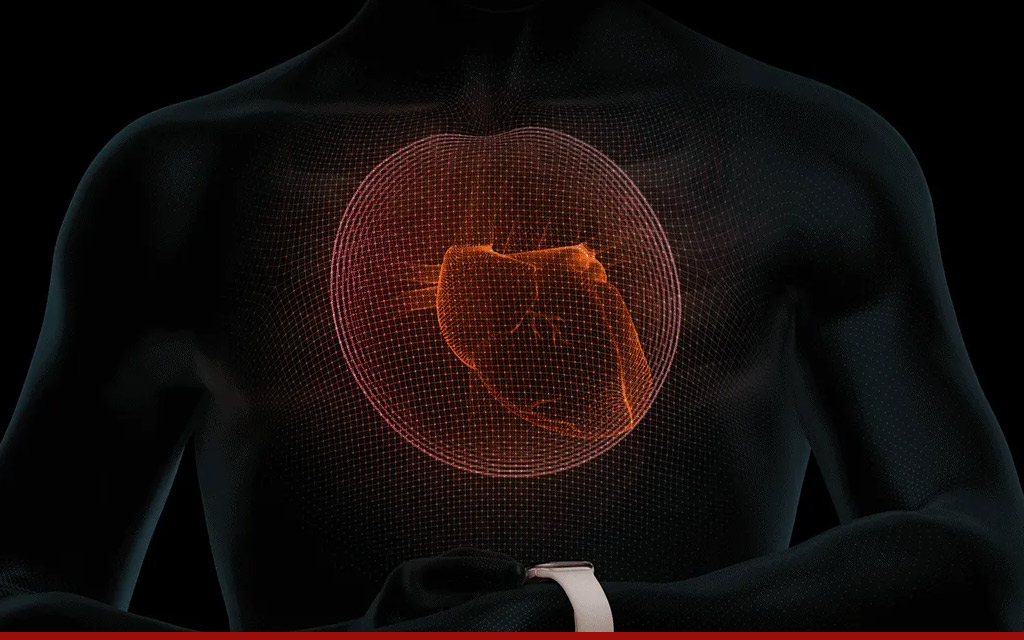Before the pandemic less than 10% of the American population had tried telehealth services. Most of us felt telehealth generally wasn’t much more than a doctor-directed self examination. “Where does it hurt? Do you have a fever? ” A typical session via companies like Teladoc, Amwell or HealthTap took 15 minutes and cost something like $80.
Dr. Samir Qamar, the CEO of MedWand Solutions, a device to help the telehealth industry accommodate remote patient exams, puts it this way, “Because you couldn’t be examined via telemedicine we simply accepted it. Why should we have a standard in a clinic where you expect a physical exam, but in telemedicine that examination is not necessary. With telemedicine it’s ok to say “I know I can’t see your tonsils but it sounds like you have tonsillitis and that’s unacceptable.”
Enter a pandemic. Suddenly every doctor is a telehealth doctor, either because they wouldn’t see patients in the office or the patients wouldn’t see them. (The American Informatics Association saw virtual urgent care visits at NYU Langone Health, for example, surge by 683%, and non-urgent virtual-care visits grew a staggering 4,345% percent there between March 2 and April 14. ) To conduct appointments, new relaxed HIPAA compliance rules let doctors connect to patients via Zoom, Skype (or maybe even tin cans and string?). Rules were also relaxed for prescriptions. Medicare and private insurers began reimbursing telehealth visits at comparable rates to in-person visits.
Increased adoption coupled with relaxed regulation has created the perfect storm for a looming next generation for remote medical care innovations. Contactless types of examinations to gather the same data as a doctor could have gathered in the examination will be possible. But you’ll need to have a few tools that few now possess. Your home might need to be stocked with an IoT doctor’s toolkit next to the bandaids and benadryl. Ryan Kraudel of Valencell, a maker of sensors for a variety of wearable devices, says telehealth companies are very likely to start partnering with device makers or even making their own devices, now at breakneck speeds.
Kraudel reminded me that many of us are already wearing a great remote diagnostic tool, our smart activity trackers with sensors. The newest trackers from Garmin and Fitbit can measure vitals like core body temperature, blood pressure, heart rate, blood oxygenation (SpO2), and respiration rate. The latest Apple watches are already approved by the FDA to conduct real-time continuing electrocardiograms, and to generate arrhythmia notifications. The data such devices collect has been actively used by businesses and governments in the detection of Covid-19, and to stop its spread.
Fitness Trackers Meet COVID
Both Stanford Medicine and Duke are collecting biometrics from wearables to better understand and stop Covid-19’s (and future viruses) spread. You can join Duke’s study at https://covidentify.covid19.duke.edu/. Scripps Research invites the public to download its Detect app and upload activity. Oura, a smart ring, not a band, is working with UCSF on a Covid-19 related temperature study. The company provided 2,000 health workers with rings and are also inviting Oura-ring users to join. Kinsa Health’s digital thermometer and app, developed with public health in mind, has uploaded temperature readings from a million devices. It mapped the readings to geographical regions to help public health officials get out in front of information about the spread of the disease-19. Even before Coronavirus Kinsa could accurately predict flu and other outbreaks 3 to 4 weeks before they occurred thanks to its fever-mapping capabilities.
Swiss Army Knives of Remote Diagnostics
Other new classes of devices are being created to be used in conjunction with a virtual doctor’s visit. Tytocare offers a standalone consumer device that can diagnose ear infection, colds, sore throats and rashes. By adding on accessories, the Tyto unit can assess your lungs, skin, abdomen and more. A clinician in the Tyto network guides you through an in-home exam and collects the data. MedWand’s multi-purpose digital diagnostic device fits in the palm of your hand, and can take readings from lungs, ears, throat, blood oxygen level and more, sharing them with your doctor. The latest version can work as a plug-in for a smartphone (available later this year) making it a portable digital clinician.
Next up, predicts MedWand’s Qamar, is continuous monitoring of health rather than simply calling a doctor with acute symptoms. Medical care doesn’t happen only during a visit, he says. It happens after you leave a doctor’s office and adhere to their regime. “If I could wave a magic wand and see what’s happening to your diabetes or other condition when you’re not in my office, I could be doing a really great job, and for many more patients.”
COVID will come and go, but telehealth is here to stay. It will soon be infinitely more useful assmart devices emerge to help us take better care of ourselves.




